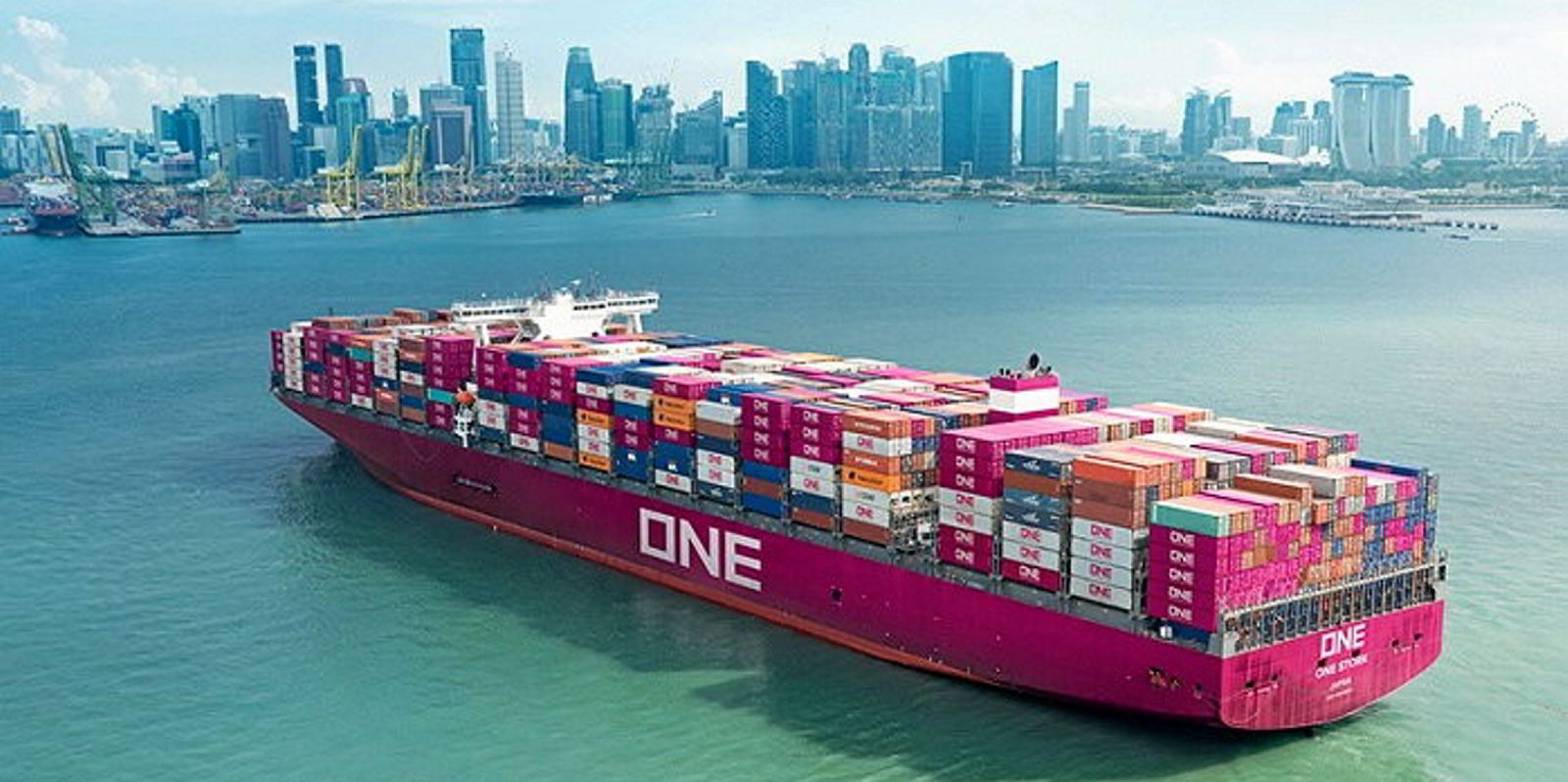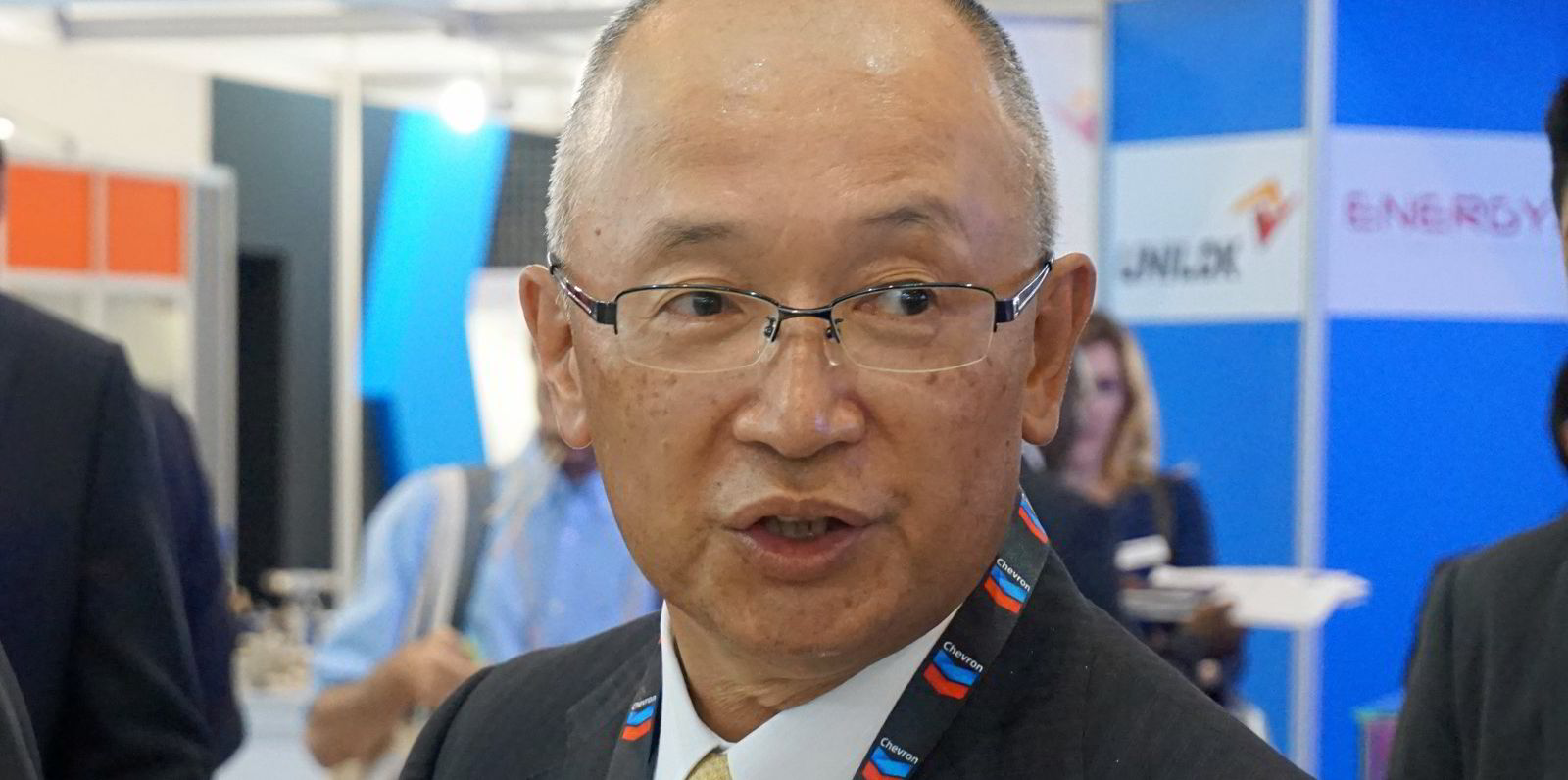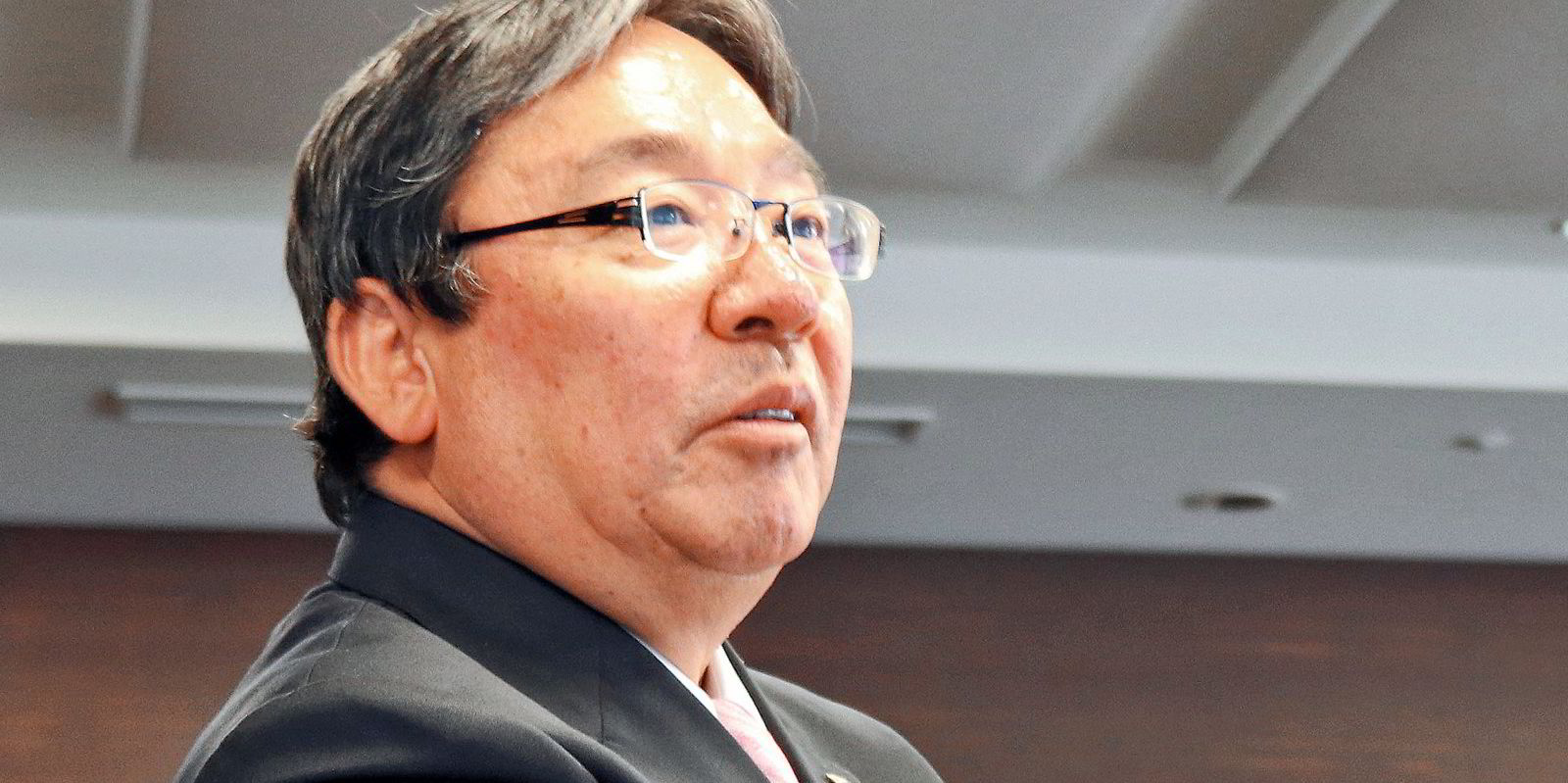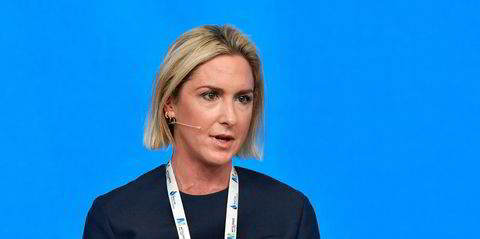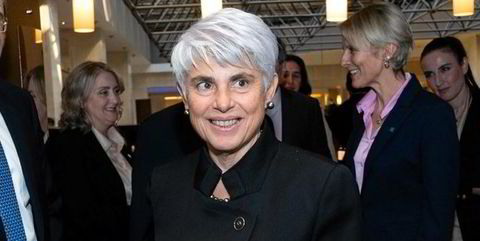Shares in NYK Line have reached their highest level since the shipping boom of 2007 and 2008 as investors react to the strong containership and bulker markets.
Its shares closed on Tuesday at ¥8,370 ($76.35) each, while Mitsui OSK Lines’ reached ¥7,450 and those of K Line, at ¥5,160, are also at 13-year highs.
NYK Line has the largest exposure to the containership market via its 38% stake in Ocean Network Express (ONE), while MOL and K Line each own shareholdings of 31%.
Container lines will likely get a boost in the second half of the year as strong demand, infrastructure bottlenecks and capacity constraints support an unprecedented rate backdrop, according to Bloomberg Intelligence senior industry analyst Lee Klaskow.
“While [current] spot rates aren’t sustainable at these levels, second quarter read-throughs from peers including Maersk and Hapag-Lloyd suggest to us that better than expected momentum could push earnings estimates higher,” he said.
Fellow Bloomberg Intelligence senior industry analyst James Teo said the closure of a container terminal at China’s Ningbo-Zhoushan after a worker contracted Covid-19 could also push record freight rates even higher.
“The closure may echo the three-week shutdown of Yantian port in May, where full capacity took over a month to restore,” said Teo.
“Peak shipping demand ahead of the year-end holiday-shopping season and more typhoons may exacerbate stretched supply chains.”
All three companies also have large exposures to the dry bulk market with MOL controlling close to 300 bulkers including over 80 capesizes.
On Monday, Clarksons Platou Securities said capesize rates had gained further ground, with the Baltic Capesize Index (BCI) inching closer to the $40,000-per-day level.
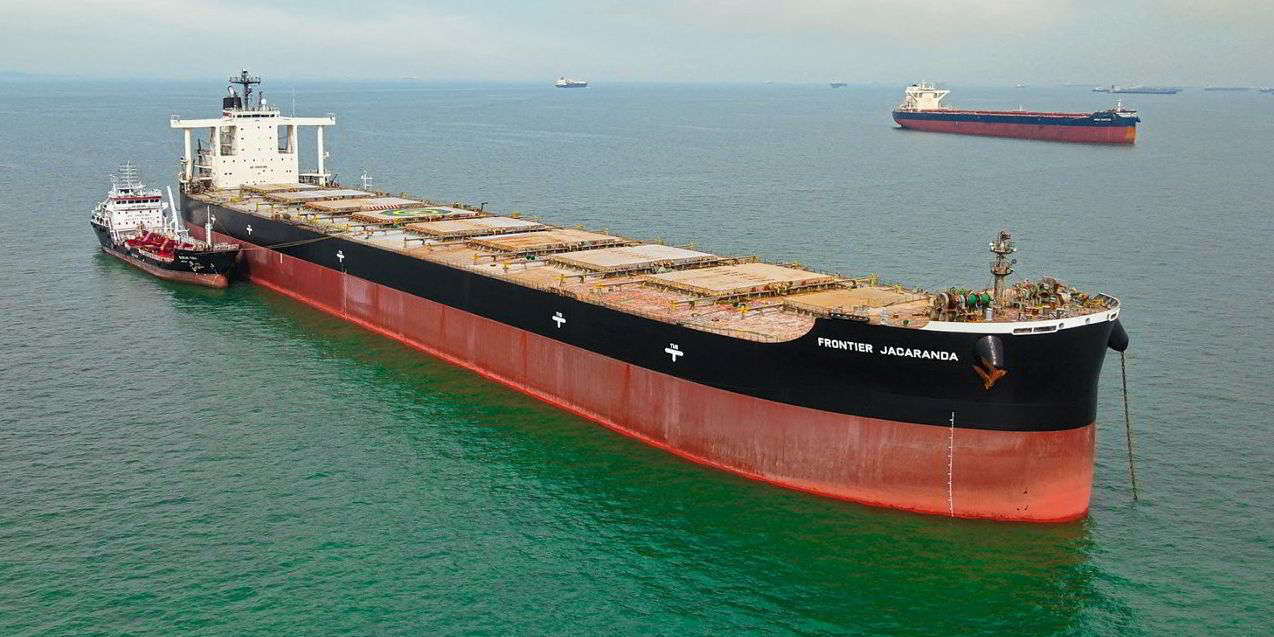
“Spot capesize rates peaked in early May at $45,000 per day but drifted towards $20,000 per day in June following Chinese steel curbs,” said the investment bank’s managing director of equity research Frode Morkedal.
“However, activity levels have been much higher over the past several weeks and capes have seen continued firm demand for the past six to seven weeks.”
Clarksons Platou Securities said the coal trade remains a “positive surprise”, as both thermal and coking coal are seeing much higher volumes, which has supported all vessel segments.
Supramax and handysize rates are continuing to set new highs for the year and stand at roughly $34,000 per day and $32,500 per day, respectively.
Increased dividend payouts to shareholders are also driving higher the share prices of MOL and NYK Line, said analysts in Tokyo.
In late July, MOL raised its full-year dividend per share (DPS) forecast to ¥550 in line with its dividend payout of ratio of roughly 20%.
Meanwhile, NYK Line raised its DPS from ¥200 to ¥700, which equates to a dividend payout ratio of 23.6% and a dividend yield of over 8%.
K Line remains the one uncertainty among the big three shipowners with the company continuing to leave its dividend forecast undecided.
At the start of the fiscal year, the company said it would set a dividend based on factors such as payouts from ONE and the status of structural reforms for unprofitable business and ships.
